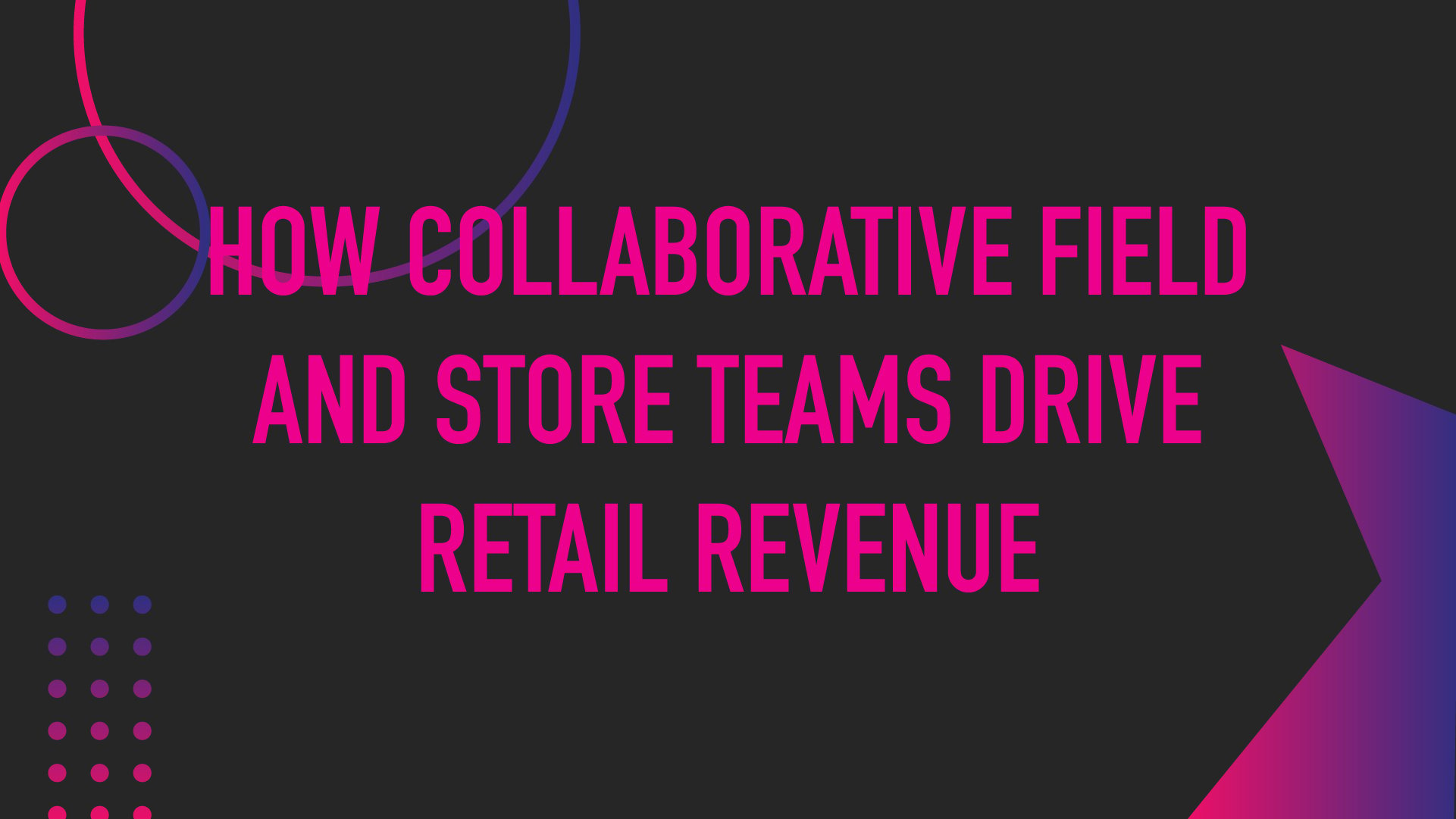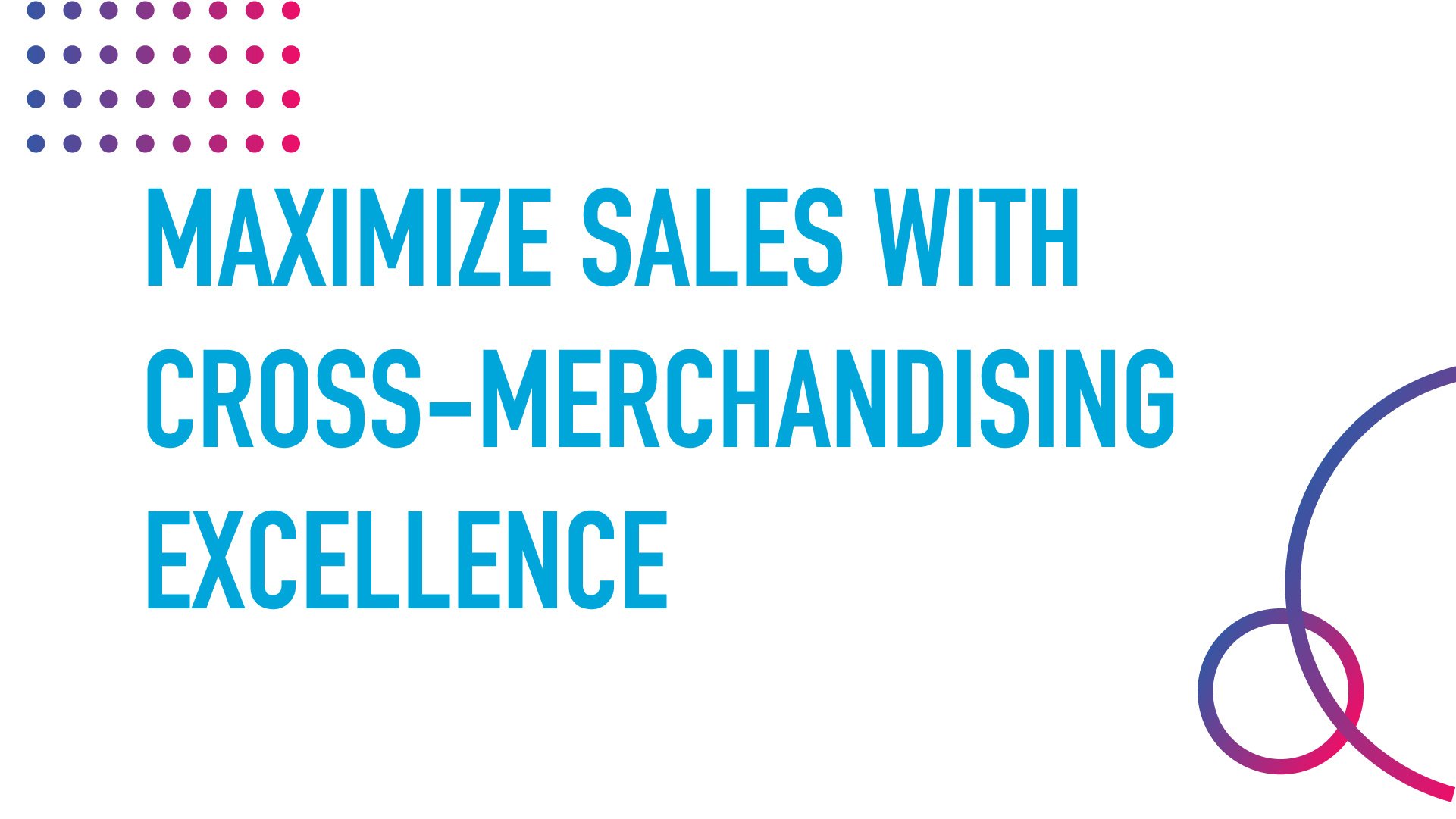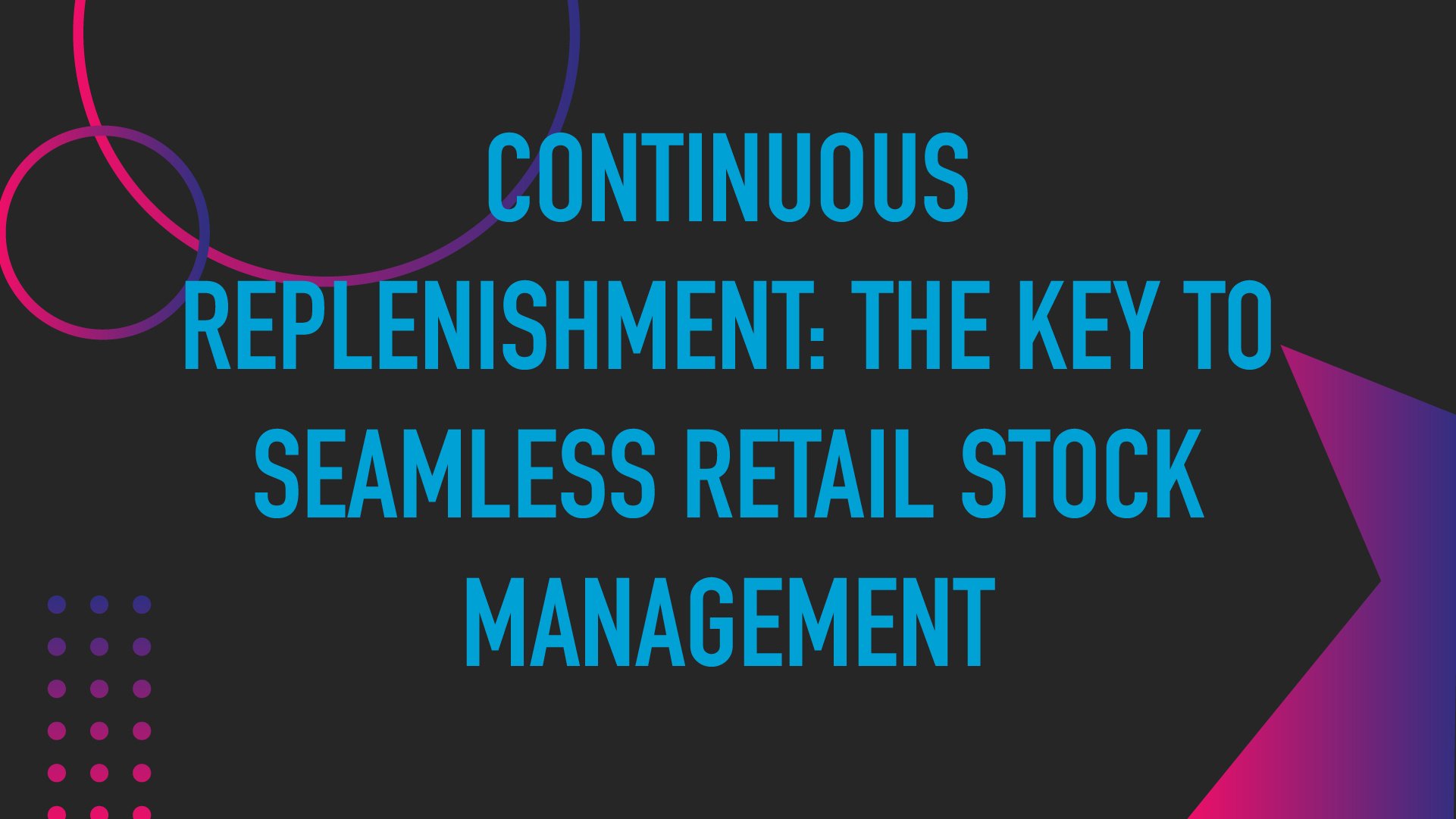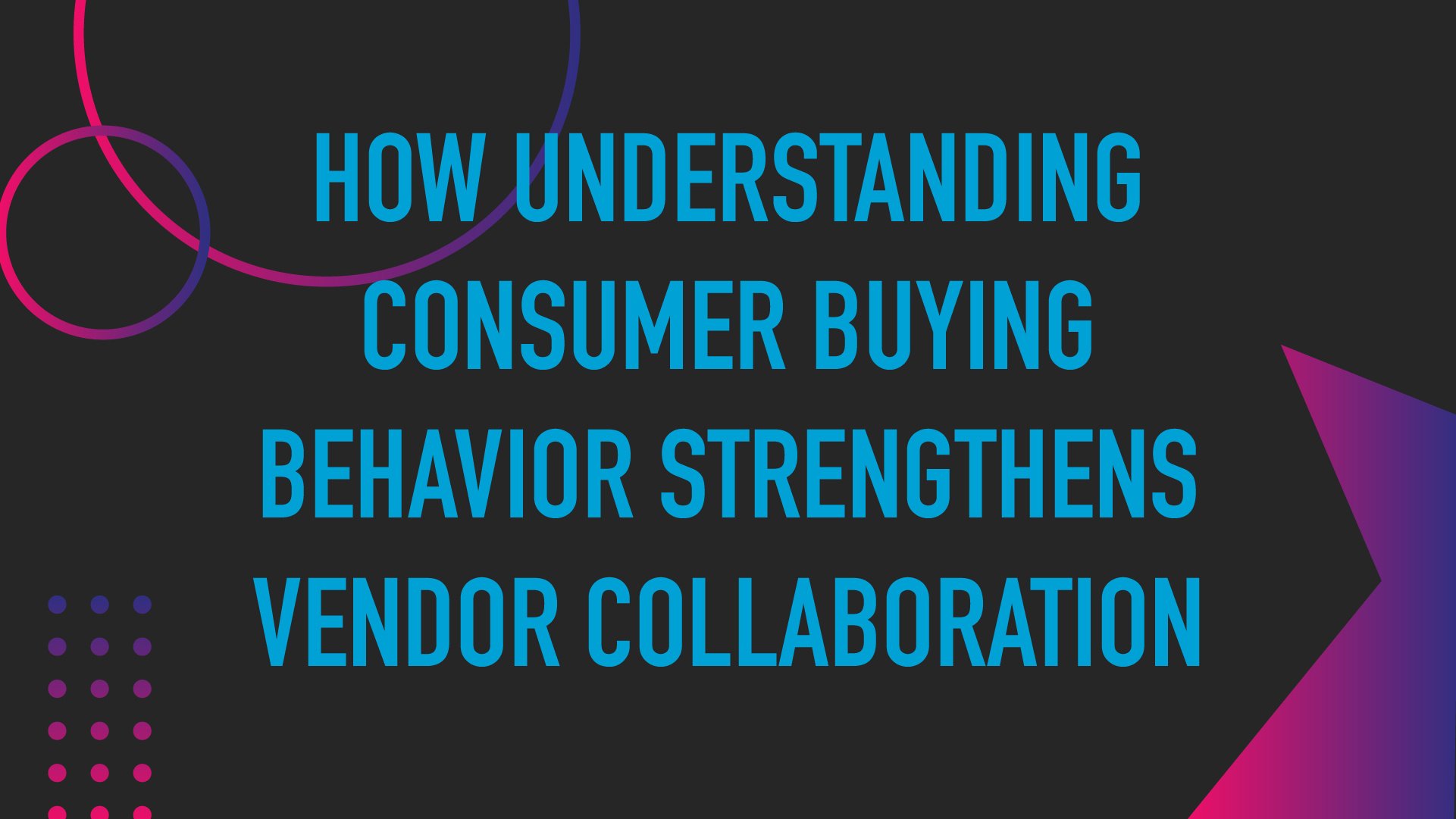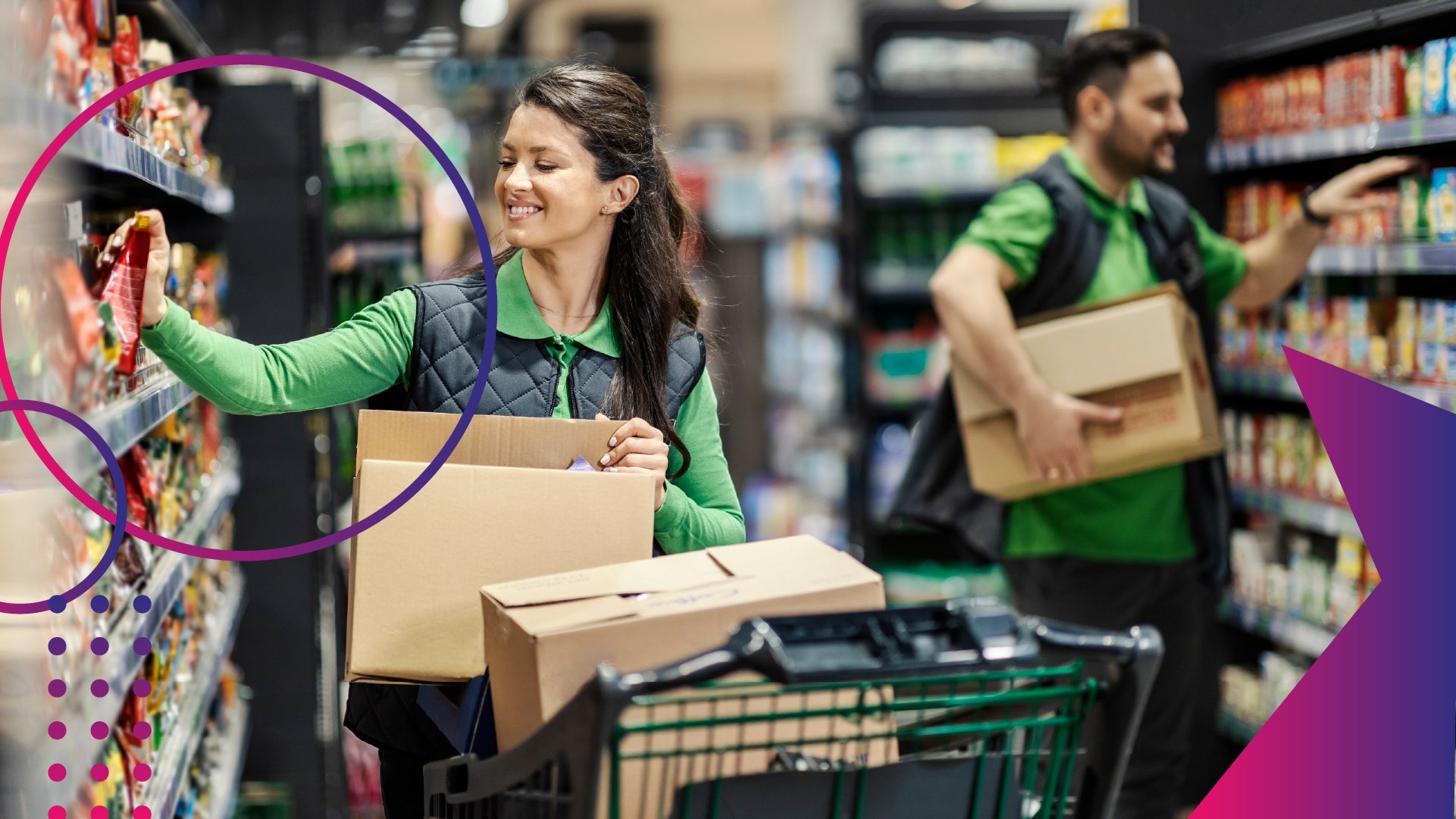Retail Success Strategies: Store Attributes Impact Customer Satisfaction, Purchase Intent, and Volume

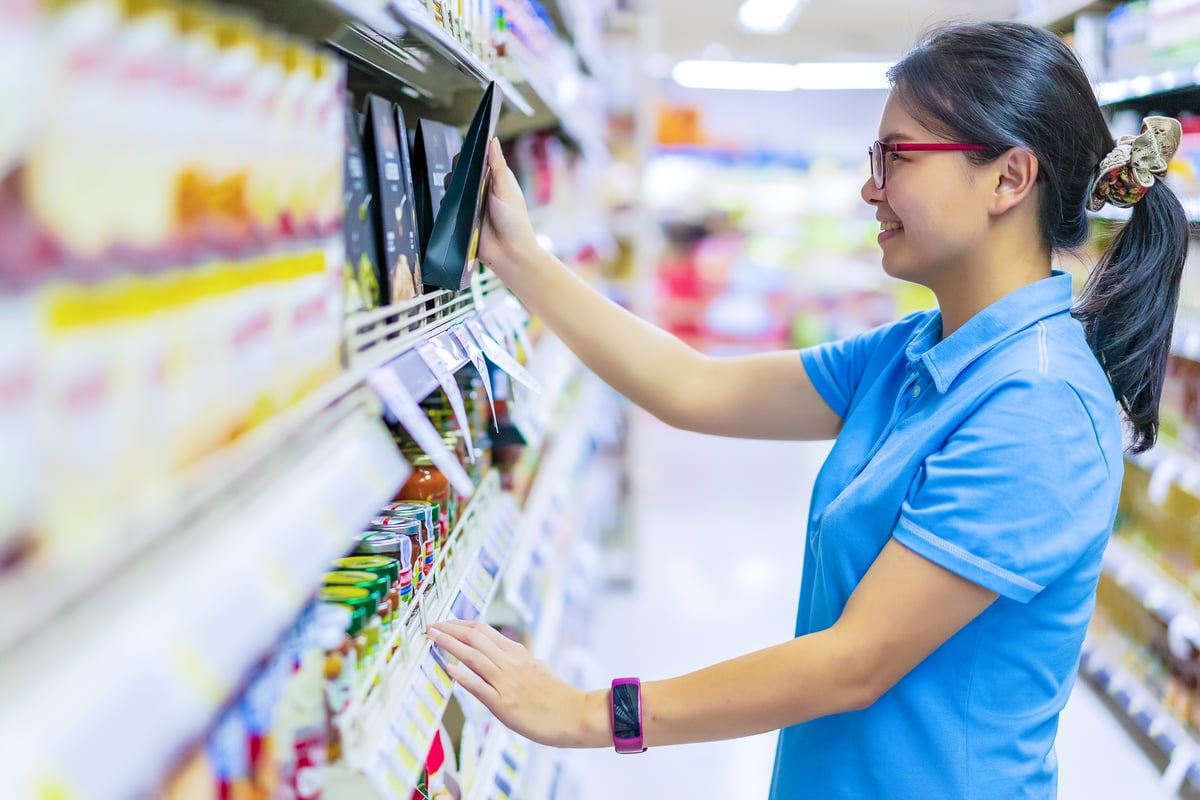
Every detail of a store's atmosphere is pivotal in influencing customer behavior and creating a memorable experience. It is essential for businesses aiming to succeed to comprehend how store attributes impact customer satisfaction, purchase intent, and sales volume. By carefully examining the relationship between various store attributes, businesses can uncover valuable insights into their impact on customer satisfaction levels and purchasing behavior. With this knowledge, industry leaders can confidently make informed decisions about store design strategies that enhance customer experiences, boost sales performance, and establish a solid competitive advantage in the market.
Linking Store Attributes to Purchase Intent
In the intricate dance of retail success, store attributes emerge as choreographers, directing customers toward purchase decisions. Enhanced store attributes establish a direct link to increased purchase intent, transforming the shopping environment into a powerful catalyst for sales. Businesses can enhance customer satisfaction and purchase intent by understanding and effectively managing the four key store attributes that have been identified as crucial factors in shaping customer perceptions and behaviors.
Studies show that as customers navigate the retail space, the ambiance, layout, and overall aesthetics play a vital role in shaping their purchasing intent. A well-designed store, with thoughtfully placed products and an inviting atmosphere, creates a positive impression, prompting customers to consider and act on their purchasing decisions.
Creating a Purchase-Focused Shopping Environment
Crafting a shopping environment focused on driving purchases involves strategic considerations. The visual appeal of store aesthetics, the deliberate placement of products, and the fostering of customer engagement are all integral components.
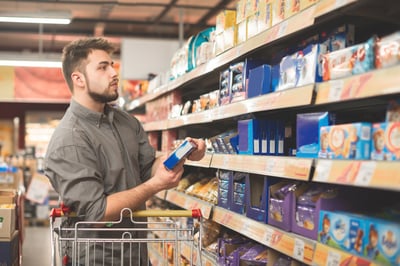 Store aesthetics, encompassing factors like lighting, decor, and overall design, contribute significantly to creating a visually appealing environment. A well-organized and aesthetically pleasing store not only enhances the overall shopping experience but also influences customers to explore and make purchase decisions.
Store aesthetics, encompassing factors like lighting, decor, and overall design, contribute significantly to creating a visually appealing environment. A well-organized and aesthetically pleasing store not only enhances the overall shopping experience but also influences customers to explore and make purchase decisions.
Strategic product placement is another key aspect. Placing popular or complementary items together can stimulate additional purchases, leveraging the power of suggestive selling. Customer engagement, facilitated through knowledgeable and helpful staff, adds a human touch that enhances the overall shopping experience, further driving purchase intent.
Convenience is a significant factor in shaping consumer behavior. Customers highly value stores that prioritize convenience by offering easily accessible locations, ample parking facilities, well-organized store layouts for effortless navigation, efficient checkout processes, various payment options, and personalized recommendations to enhance their shopping experience. By providing seamless convenience, stores can attract customers who prioritize efficiency and foster loyalty among those who appreciate hassle-free transactions.
Measuring the Impact of Store Attributes on Customer Behavior
In the pursuit of driving retail success through enhanced store attributes and increased purchase intent, measuring and utilizing data analytics becomes an indispensable strategy. Understanding the influence of store attributes on customer behavior is merely the starting point; the key lies in measuring and tracking success to ensure sustainability.
Retail teams can employ both qualitative and quantitative methods to gather data and analyze the impact of different store attributes on customer behavior. Direct customer feedback, obtained through surveys and interviews, provides valuable qualitative insights into their experiences. Observational studies allow team leads to objectively identify patterns and correlations between specific store attributes and customer actions, enhancing the depth of analysis. Sales and customer data analysis are crucial, offering concrete evidence of how specific attributes correlate with increased sales or repeat visits. Experimental research enables industry leaders to test hypotheses or make controlled changes to further refine strategies, providing valuable insights into cause-and-effect relationships between store attributes and consumer actions. This comprehensive approach to measuring and utilizing data analytics ensures a strategic and informed enhancement of store elements for optimal retail success.
Leveraging Technology for Enhanced Purchase Experiences
Technology plays an important role in enhancing the overall shopping experience, and retail teams are leveraging various advancements to streamline operations, engage customers, and drive sales.
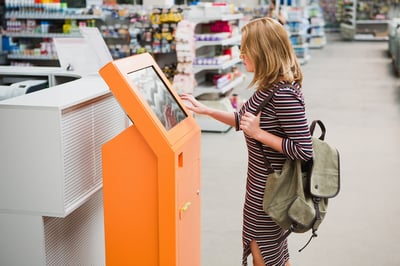 Mobile shopping has become increasingly popular, allowing customers to browse and purchase products conveniently through smartphones, providing convenience and flexibility. Industry leaders who embrace this trend by leveraging innovative technologies such as mobile apps or responsive mobile-friendly websites can offer their customers personalized recommendations, seamless checkout processes, and location-based promotions that enhance overall customer satisfaction and drive business success.
Mobile shopping has become increasingly popular, allowing customers to browse and purchase products conveniently through smartphones, providing convenience and flexibility. Industry leaders who embrace this trend by leveraging innovative technologies such as mobile apps or responsive mobile-friendly websites can offer their customers personalized recommendations, seamless checkout processes, and location-based promotions that enhance overall customer satisfaction and drive business success.
Data analytics are crucial for businesses wanting to understand customer behavior, preferences, and interactions within their stores. By utilizing advanced retail execution software solutions, industry leaders can effectively collect and analyze vast amounts of data- such as sales patterns, customer preferences, and market trends- allowing them to extract valuable insights and make informed decisions. These insights can then be utilized to incorporate, track, and continuously improve store attributes such as convenience, visual appeal, and an assortment of products.
Businesses can significantly benefit from using retail inventory solutions powered by data analytics. These tools help retail teams optimize inventory management using advanced systems and algorithms. By implementing these solutions, teams can ensure that the right products are available to customers and improve customer satisfaction by maintaining optimal stock levels, minimizing out-of-stock situations, and enhancing overall supply chain efficiency. As a result, customers are more likely to find the desired products, which leads to increased satisfaction and purchase intention.
RFID (Radio Frequency Identification) technology offers additional benefits in inventory management and, thereby, customer satisfaction. Leadership can automate inventory counts, reduce theft or losses, and enhance stock accuracy by implementing RFID tags on products and placing RFID readers throughout the store. This real-time ability enables better inventory tracking, improving product availability and reducing out-of-stock situations.
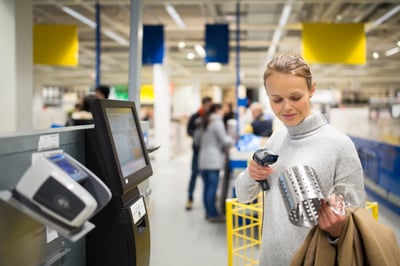 Implementing self-checkout systems in retail stores aims to enhance customer convenience and efficiency during shopping. These systems offer a quicker checkout experience for customers who prefer a more independent approach. By allowing shoppers to scan items and make payments themselves, self-checkout systems eliminate the need to wait in long queues. As a result, customers can enjoy an independent shopping experience while staff members are freed up to provide attentive customer service in other store areas.
Implementing self-checkout systems in retail stores aims to enhance customer convenience and efficiency during shopping. These systems offer a quicker checkout experience for customers who prefer a more independent approach. By allowing shoppers to scan items and make payments themselves, self-checkout systems eliminate the need to wait in long queues. As a result, customers can enjoy an independent shopping experience while staff members are freed up to provide attentive customer service in other store areas.
Incorporating technology can enhance customers' shopping experience significantly. By leveraging these technological innovations, floor teams can provide better customer assistance and support.
What are some benefits of using technology to improve store attributes?
As technology continues to advance, businesses have the potential to create an exceptional shopping experience while driving customer purchase intent and cultivating brand loyalty. By leveraging these technological advances, they can make a shopping environment that is both satisfying and captivating for their customers. This improved shopping experience directly influences customers' purchase intention and fosters long-term loyalty towards the brand.
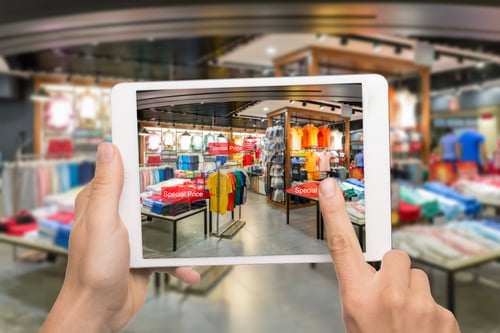 One of the significant advantages of incorporating advanced technology into retail stores is the enhancement it brings to the overall customer experience. By leveraging interactive displays and digital signage, retailers can effectively captivate shoppers and deliver them with relevant information about products, promotions, and exclusive offers. Implementing advanced features into user experience tools gives consumers more power when making purchasing decisions. With mobile apps, customers can locate in-store items, compare prices, and read product reviews while shopping. This empowers them to make confident choices and ensures they are well-informed while creating a more engaging and immersive shopping experience.
One of the significant advantages of incorporating advanced technology into retail stores is the enhancement it brings to the overall customer experience. By leveraging interactive displays and digital signage, retailers can effectively captivate shoppers and deliver them with relevant information about products, promotions, and exclusive offers. Implementing advanced features into user experience tools gives consumers more power when making purchasing decisions. With mobile apps, customers can locate in-store items, compare prices, and read product reviews while shopping. This empowers them to make confident choices and ensures they are well-informed while creating a more engaging and immersive shopping experience.
Technology can improve efficiency in various aspects of store operations. With automated inventory management systems, store and field teams can accurately track and manage their stock levels, eliminating the need for manual inventory checks and reducing the chances of stockouts or overstocking situations. Efficient task-tracking tools enable store and field teams to stay organized and prioritize their activities effectively, thus ensuring they can devote more time to delivering exceptional customer service. By streamlining store operations through technology, businesses can minimize costly mistakes that may arise from human error, thereby improving overall productivity and profitability.
Utilizing technology to improve store attributes offers a multitude of benefits, including an enhanced customer experience, improved efficiency, competitive advantage over other retailers, empowerment of consumers through informed decision-making tools, and a reduction in potential human errors. By embracing technological advancements within their stores, retailers can create an efficient and satisfying environment for employees and customers.
featured content
featured content

The Importance of On-Shelf Availability in Retail: Why Keeping Items Stocked is Critical for Competitiveness in 2026
Learn why on-shelf availability is critical in today's retail store environment
